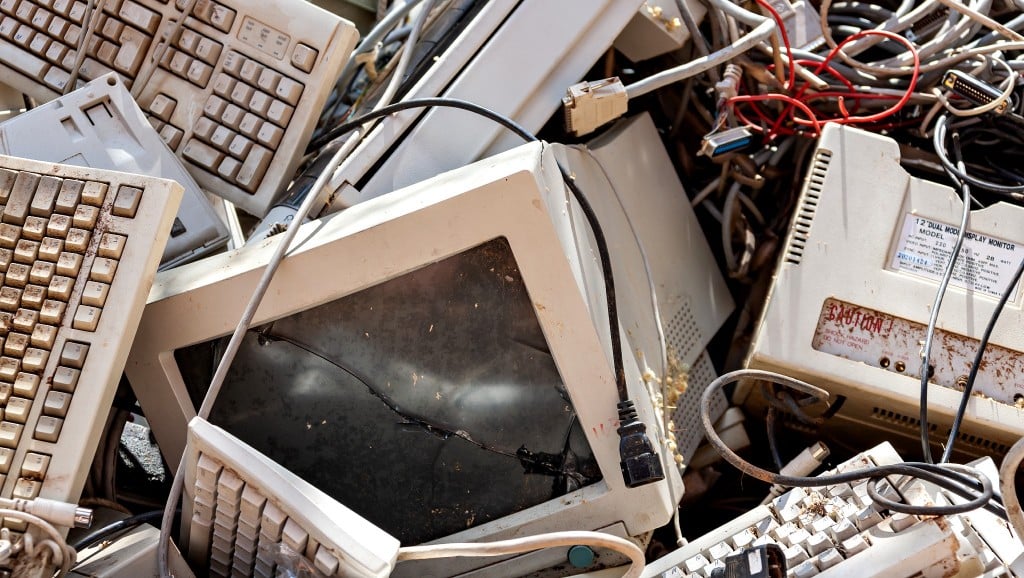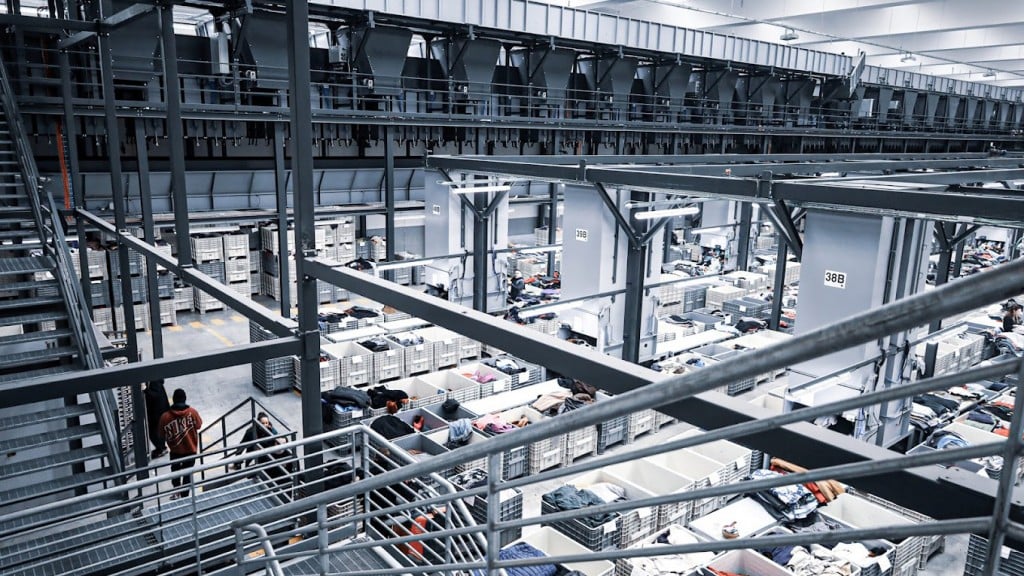
According to the Global E-waste Statistics Partnership, in 2019, the world generated 53.6 million metric tonnes of e-waste. By 2030, the number is expected to reach 74 million metric tonnes. E-waste contains toxic metals, chemicals, and pollutants. If not recycled, these chemicals can contaminate landfills and water supply, leading to an environmental catastrophe.
The world is currently working towards eliminating e-waste and saving natural resources. One of the necessary measures is implementing a circular economy. Below are 10 ways in which you can bring the circular economy into your business.
What is a circular economy?
A circular economy is an economic system designed to eliminate waste and pollution. The three key principles of the circular economy are reducing waste and pollution, keeping products and materials in use and regenerating natural systems. In addition to reducing waste, a circular economy saves energy and helps avoid irreversible damage to the environment.
1. Raise awareness
To implement waste-reduction ideas, all departments and employees need to be on the same page. People tend to respond willingly and enthusiastically when they learn about the negative impact of waste on their lives.
Bring employees together to discuss circular economy topics. Debating the subject can also help to emphasize the importance of a smart consumption model.
2. Use incentives
By offering a small reward for the best achievements in recycling, repairing, and reusing, business owners can stimulate the development of environmentally friendly behaviour at work and beyond.
3. Design a plan
Create a plan to implement circular economy principles in stages. It's important to understand that the benefits of a circular economy for business don't appear immediately.
One of the advantages is appreciative clients and customers, who understand the importance of waste reduction. These clients are more likely to become your brand ambassadors, thus improving your marketing efforts.
4. Rethink resources
A good starting point for the circular approach is figuring out which materials are critical for production, and which are at risk. If working with plastics or natural rubber, you could start looking into less volatile options.
With the entire world trying to adopt environmentally friendly materials, using under-pressure and potentially risky resources could hurt the business.
By repairing and reusing end-of-life products while turning to sustainable and safe materials, you don't just implement a circular economy but also improve the company's bottom line.
5. Check local regulations
Find out what local laws say about recycling, e-waste management, and other parts of the circular economy. Existing or upcoming changes in legislation and regulations can provide the necessary push towards making changes in the way a company operates.
Since changing from linear to circular is a long process, it's important to start adjusting to the new regulations before they come into force.
6. Reconsider the supply chain
Replacing scarce resources with renewable, recyclable, or biodegradable materials is the key to implementing a circular economy for many companies.
7. Implement recovery and recycling
The recovery and recycling approach may be a good place to start for businesses that can't adjust the supply chain just yet. Take advantage of the latest technologies and opportunities to recover and reuse resource outputs.
Examples:
- Walt Disney World Resort sends food waste to a recycling facility that converts it into renewable biogas, which is used to generate energy for central Florida's power supply.
- Canon collects used equipment from the market, refurbishes it, and re-sells it with the same guarantee as new products. The company reuses at least 80% of the materials.
Small businesses can make partnerships with recycling facilities and service providers to reduce e-waste. Larger companies can look into refurbishing opportunities. It's important to source products and materials that already exist within the economy instead of pulling them from ecological reserves.
8. Look at the competition
Find out how other companies are implementing the circular economy model in your industry. By figuring out what works for competition and what doesn't, you can have an easier time planning changes for the company.
9. Engage with partners
Engage with business partners, suppliers, and waste managers to help with the new economy. Find out what you can do to help them integrate the circular economy elements into their work.
Be as transparent as possible about your circular economy plans. Demonstrating the benefits of such a change to others can help you find sufficient funding for R&D and implementation.
10. Start with yourself
While implementing the circular economy model for the business, make sure to follow the same principles at home. Changing your view of the environmental situation in the world can really simplify the transition process. Implementing circular economy principles at home and in the office is a good start.
Wesley Poritz is the founder and owner of Big Sky Recycling.


